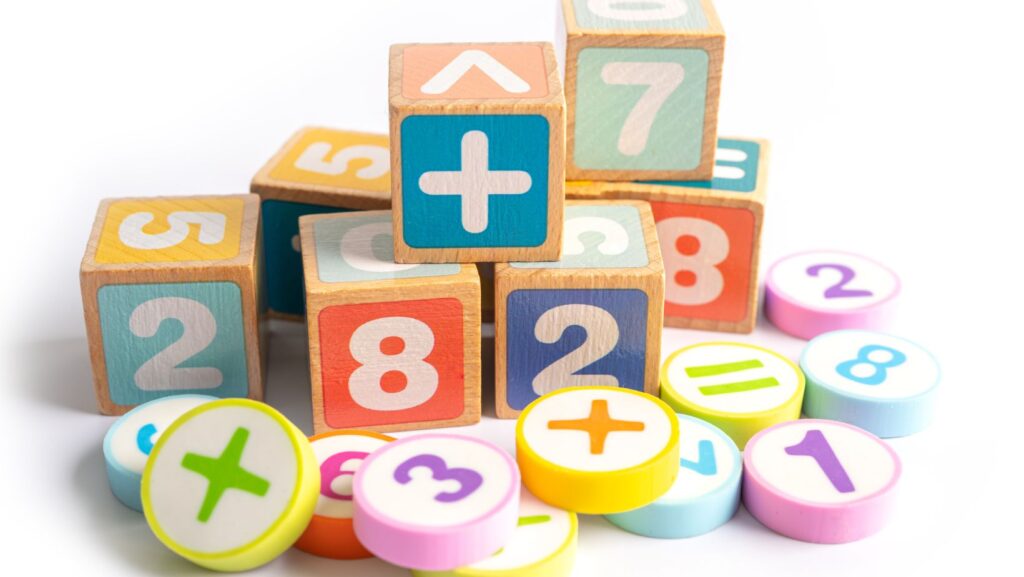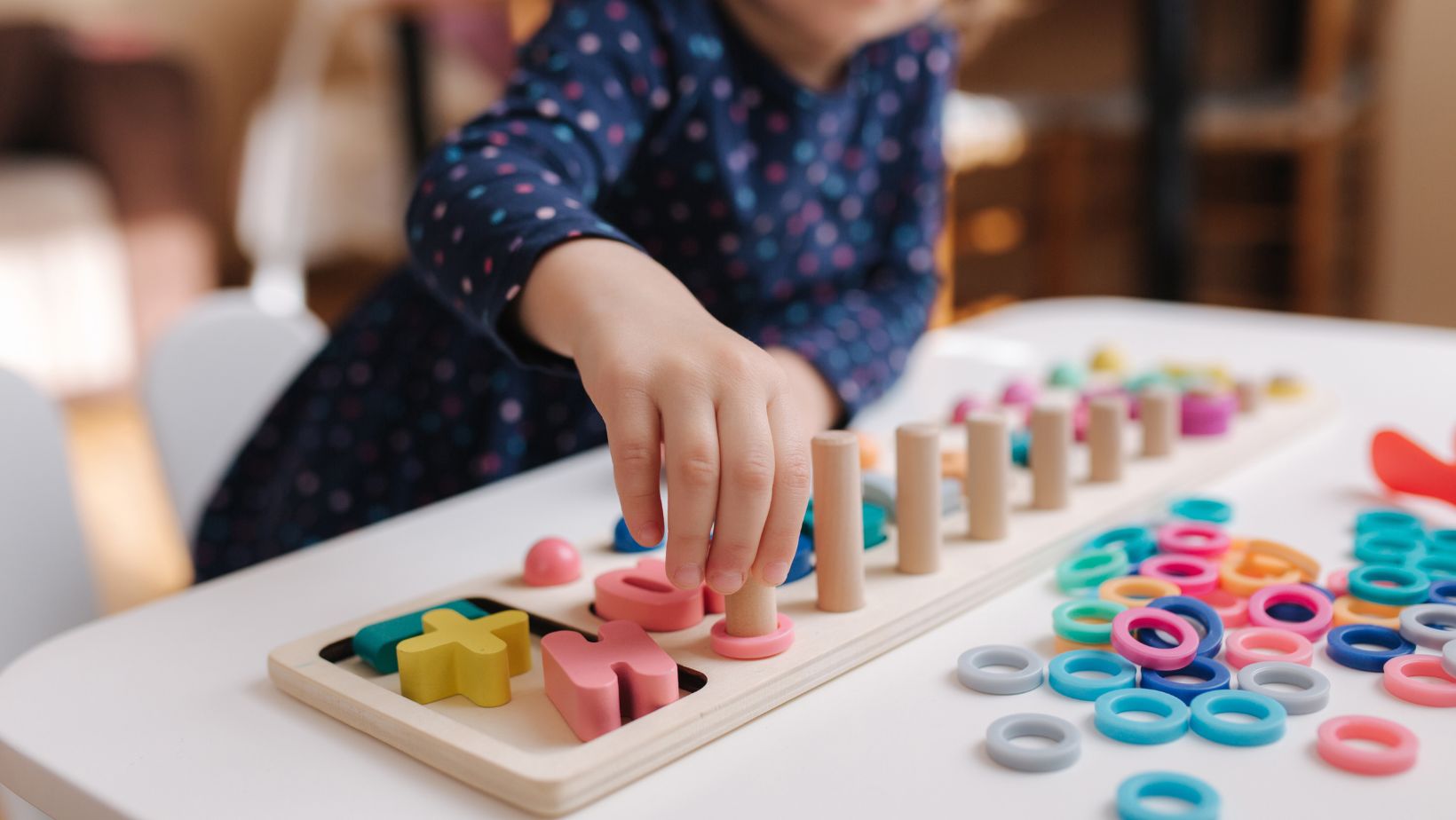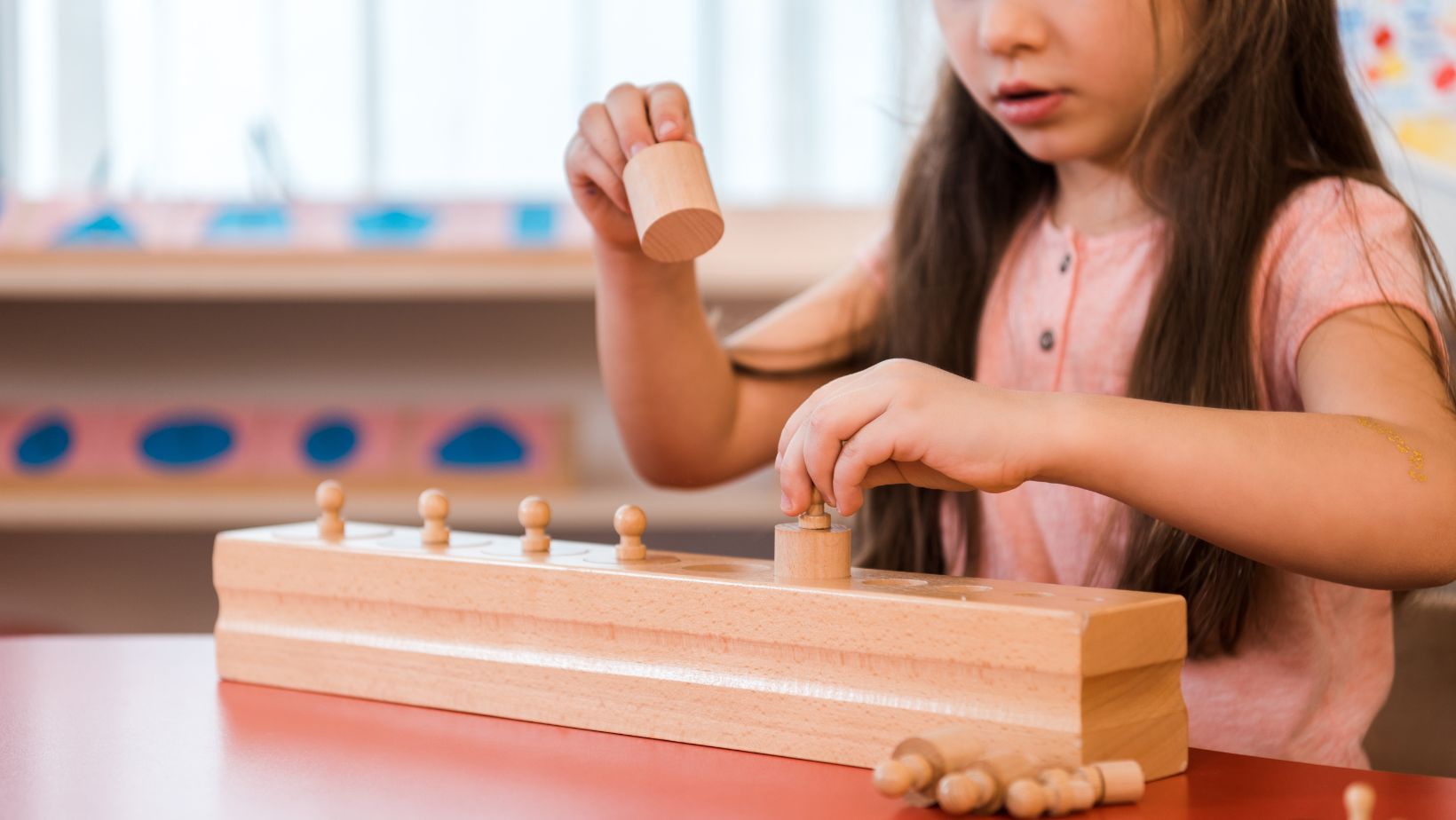Educational games offer more than just entertainment because they enhance students’ thinking abilities and memory retention while also improving their concentration span. Educators have discovered that incorporating games into their teaching methods provides an optimal solution for leveraging today’s tech-savvy classrooms to reinforce learning effectively. The following list shows eight methods through which educational games transform student learning while simultaneously boosting their memory and attention skills.
Active Engagement Boosts Retention
Active participation makes the learning process more effective for students. Hands-on learning through educational games, which demand decision-making and problem-solving, helps students retain information more effectively. Learning becomes more effective when students take part in activities because active participation helps their brains store information better. The retention of historical events and vocabulary facts improves through repeated game interactions compared to passive study techniques.
Games Reduce Distractions and Improve Concentration
Students find it difficult to maintain concentration because they experience boredom. Students often find it difficult to maintain attention during traditional teaching methods like lectures and worksheets over extended periods. Educational games transform learning by delivering interactive challenges, rewards systems, and immediate feedback. The interactive components maintain brain alertness and engagement, which results in extended periods of student concentration. Students who usually get distracted remain attentive during activities that feel like games rather than obligations. Students develop better concentration abilities, which extend to other learning activities as time passes.
Immediate Feedback Reinforces Learning
Educational games often offer instant feedback. Students receive immediate feedback, which enables them to correct their mistakes and learn at an accelerated pace. Immediate corrections create stronger memory connections through a condensed feedback loop. Games eliminate the delay between student actions and feedback, which transforms learning into more of an interactive dialogue than a traditional examination. Real-time feedback presents one of the strongest methods for skill reinforcement.
Repetition in Games Strengthens Memory
The time-tested technique of repetition benefits from educational games, which transform the experience into an enjoyable activity. During math games or language puzzle activities, students naturally encounter key concepts multiple times throughout a session.
The repetition within the educational games arises naturally as a winning strategy for students. Students don’t feel like they’re working because repetition occurs within an enjoyable context. The constant exposure to information through repetition strengthens memory retention over time.
Here’s how game-based repetition helps:
- Builds long-term recall
- Reduces test-day anxiety
- Improves speed of retrieval
- Makes learning feel less like memorizing
- Reinforces patterns through gameplay mechanics
Multisensory Learning Improves Focus
Games combine visuals, sounds, text, and motion. Through multisensory input, the brain remains active across multiple regions, enhancing concentration. Music, along with movement and visual prompts, captures student attention rather than allowing them to zone out. Young learners, as well as students who struggle with attention issues, benefit significantly from these educational techniques. When multiple senses are engaged, students tend to maintain better focus and engagement with the activity they are performing.
Gamified Learning Encourages Goal Setting
Educational games typically contain objectives alongside levels or progress markers. The structured objectives within educational games let students maintain focus because they understand their targets. Students stay motivated to continue their work even through difficult materials because they have a defined target to achieve. Achieving a goal through either earning a badge or solving a puzzle provides students with a rewarding feeling of accomplishment. Students begin to establish personal objectives outside their gaming experience as time progresses, which improves their concentration and self-control.
Problem-Solving Practice Builds Cognitive Flexibility
Most educational games require players to solve problems or make decisions as core gameplay elements. This mindset pushes students to engage in logical reasoning while experimenting through trial and error and applying inventive solutions. Cognitive flexibility grows stronger through these activities, which allows the brain to transition between tasks more effectively while maintaining important information. Students develop essential cognitive skills for processing information and retaining knowledge when they solve math puzzles or complete science challenges.
And when students feel stuck or need help with complex assignments, many turn to help with research paper online platforms like academized.com to stay on track. Mixing games with academic support creates a well-rounded approach to learning that meets students where they are, especially when balancing many classes or tight deadlines.
Social Play Encourages Memory Through Interaction
Many educational games are collaborative. Teams of students engage with each other through collaborative problem-solving or trivia competitions. Explaining things to others naturally boosts memory retention since it requires the explainer to think more deeply about the subject matter. Students develop stronger memory retention through accountability when they collaborate on shared goals or compete with peers. The discussions that take place during gameplay function to solidify concepts while enhancing overall concentration levels.
Don’t Just Teach – Play It Forward
Games do not just serve as rewards after completing traditional schoolwork, but they can represent the actual learning activities. Educational games aren’t a shortcut. These tools enhance student concentration and memory along with their thinking capabilities. These tools merge playfulness with practical learning benefits to enhance student outcomes during study time. If you work as a teacher or parent or study as a student, integrating games into your educational environment might become your most beneficial decision this year.




More Stories
How Local Sports in Bangladesh Are Embracing the Digital Era
Master the Puzzle Game: Block Blast Cheat Guide
What Happened to Ghozdingo88? The Mysterious Disappearance That Shocked Gaming